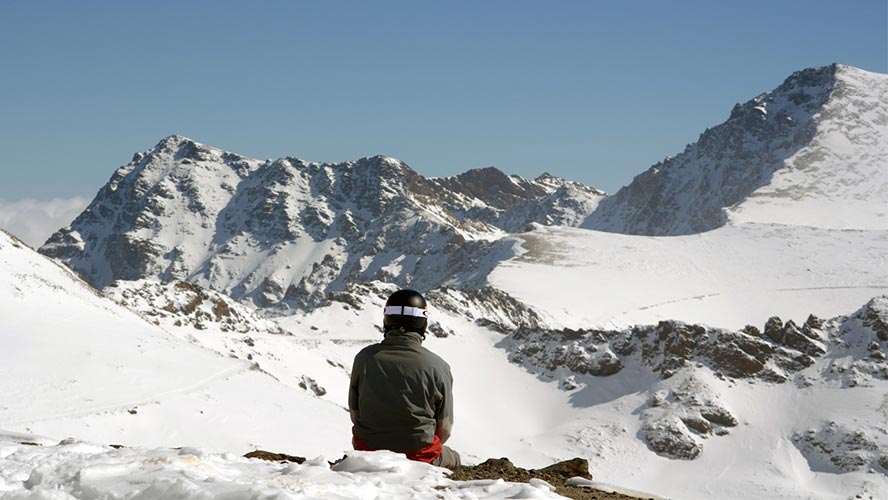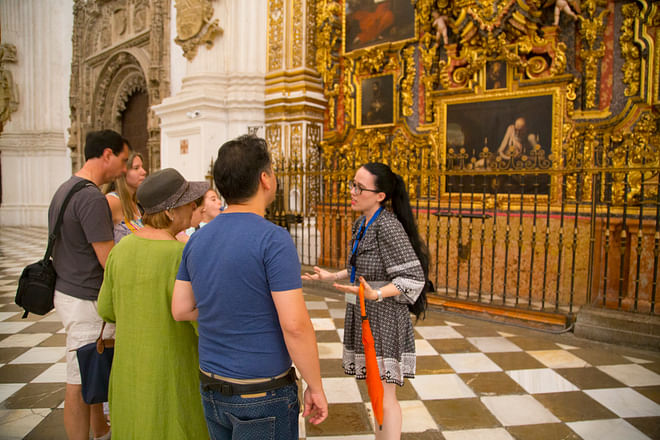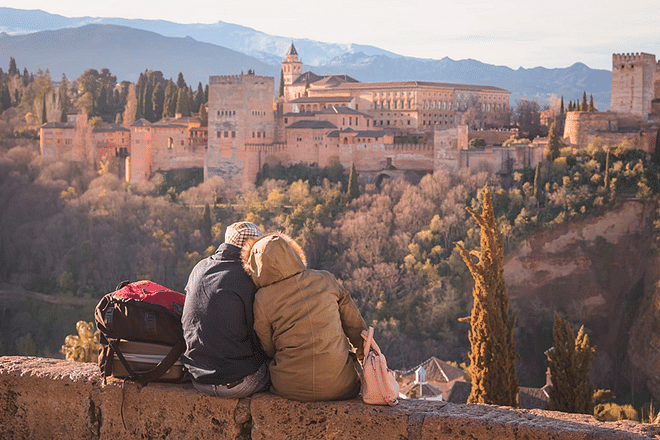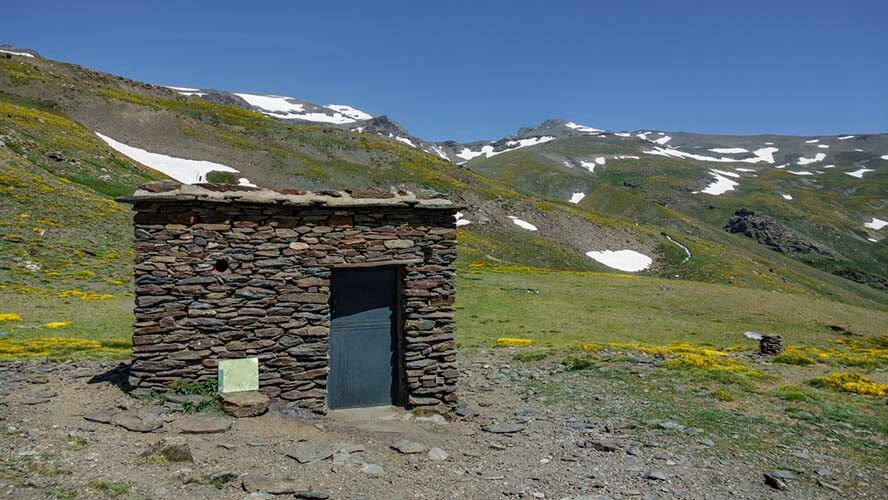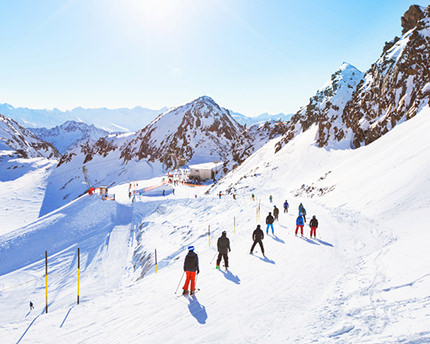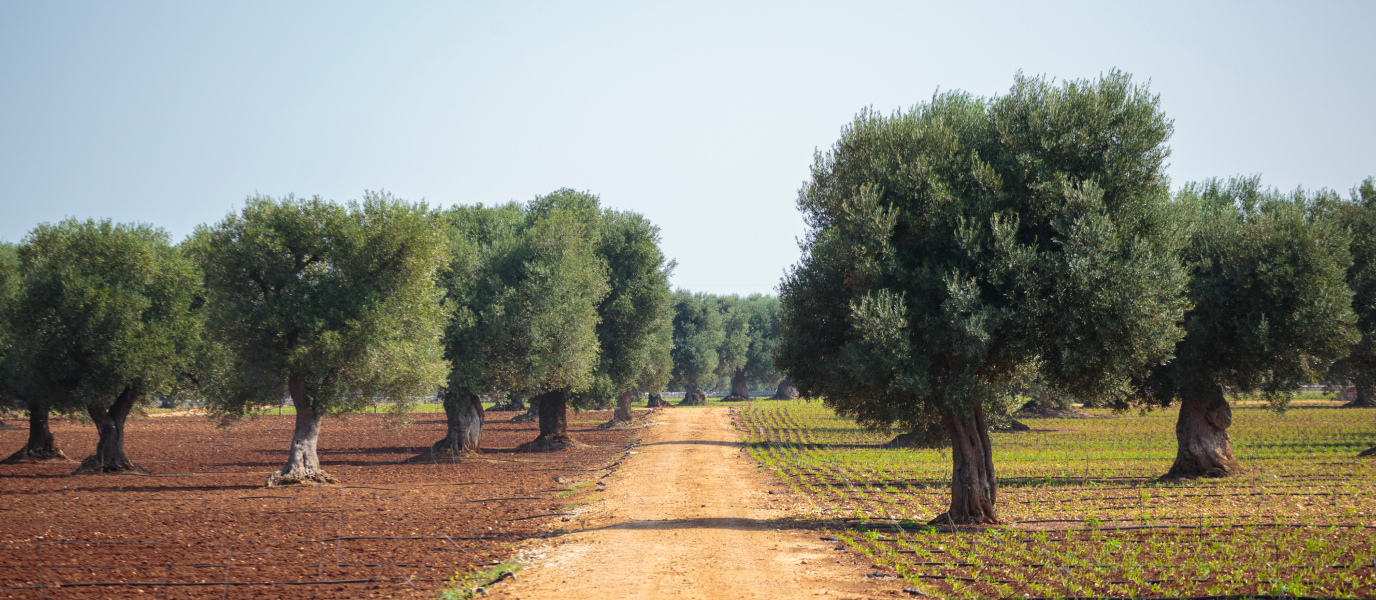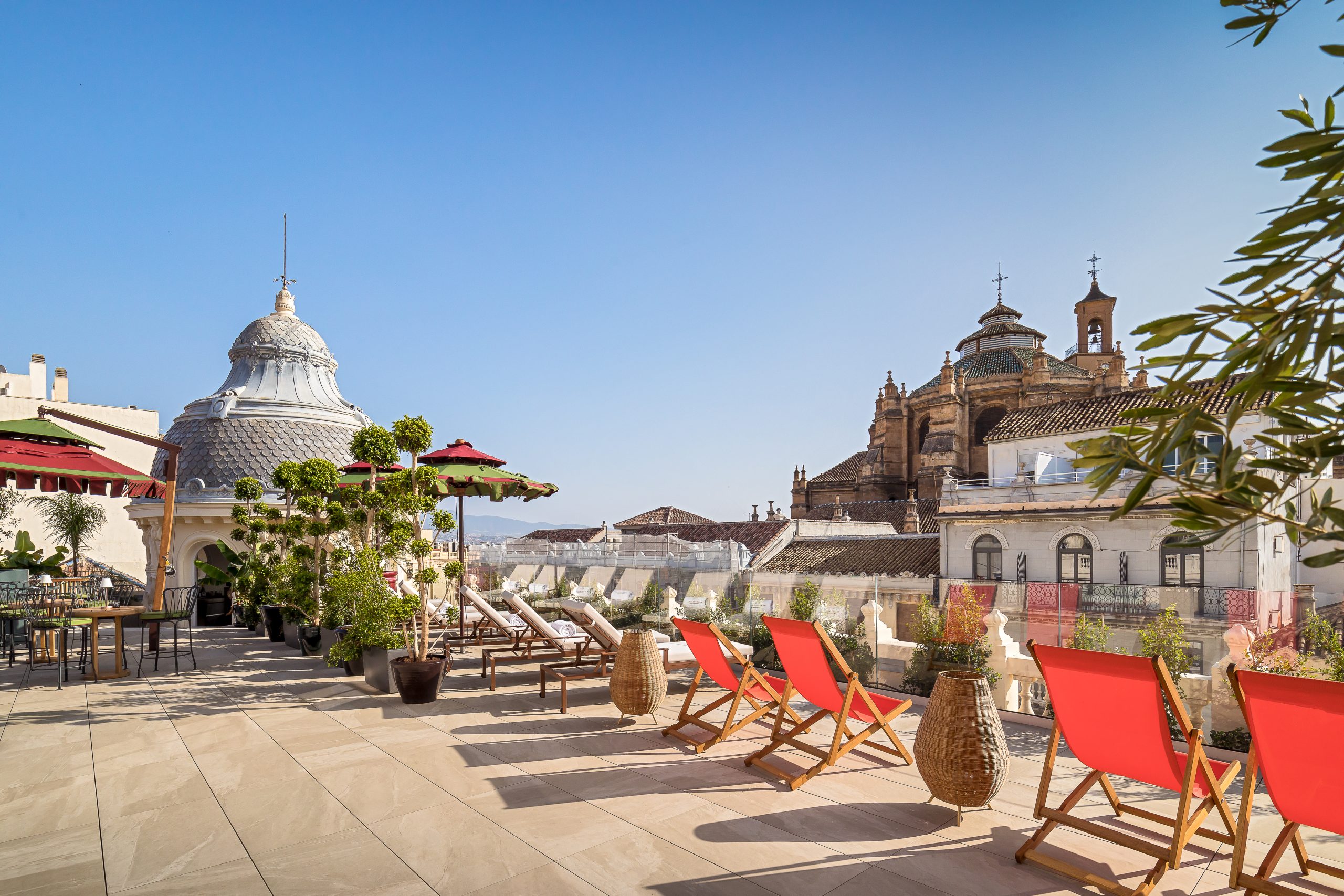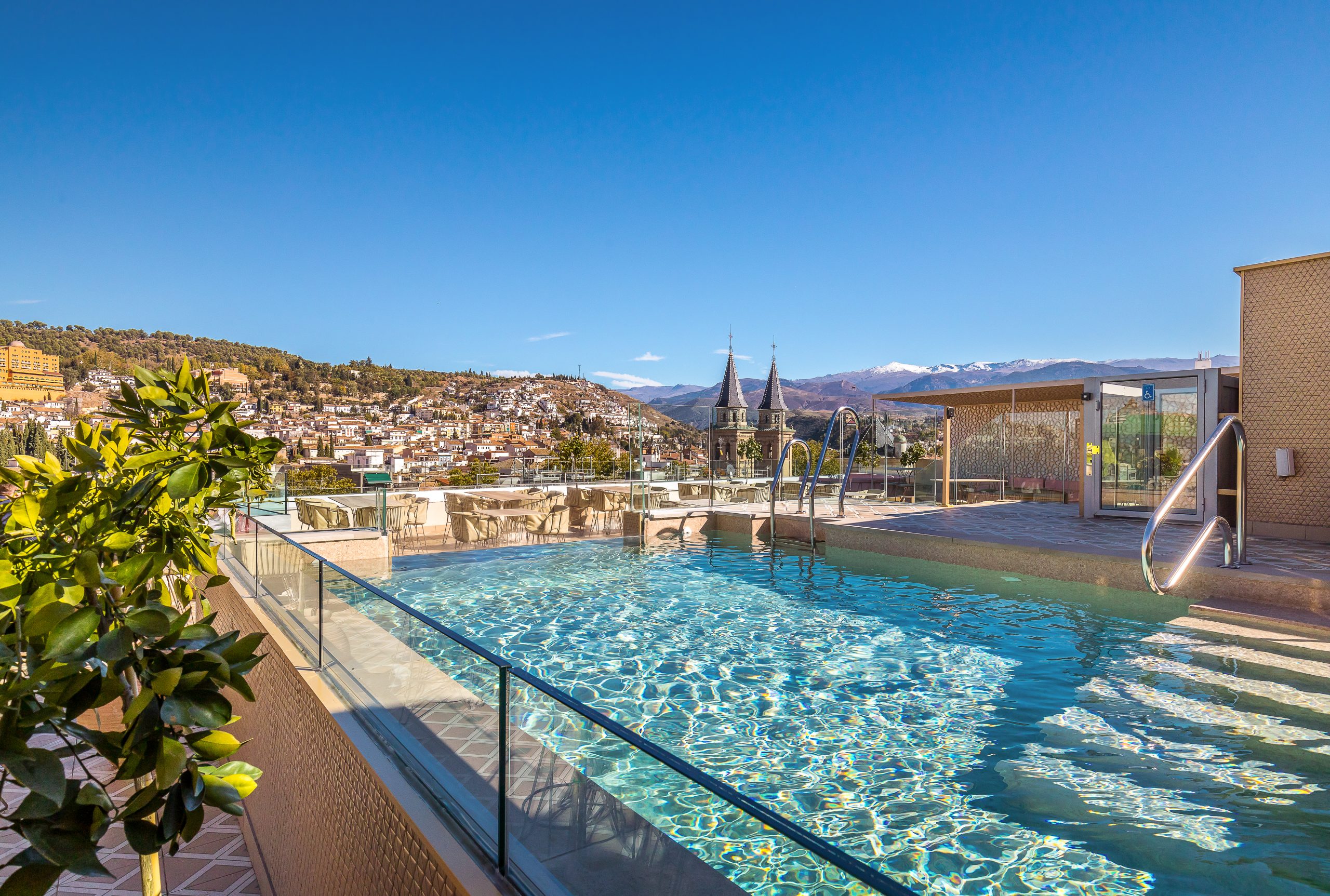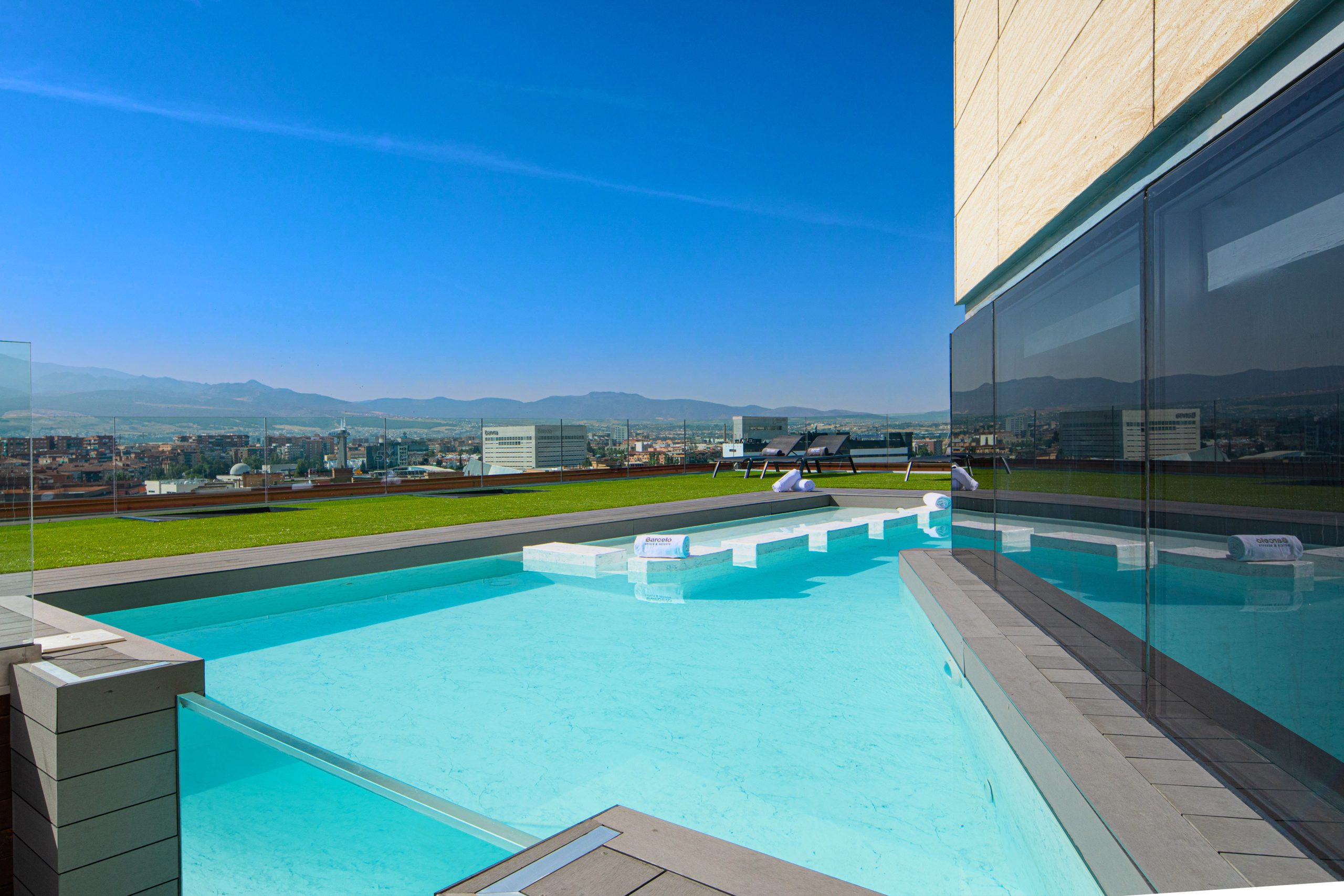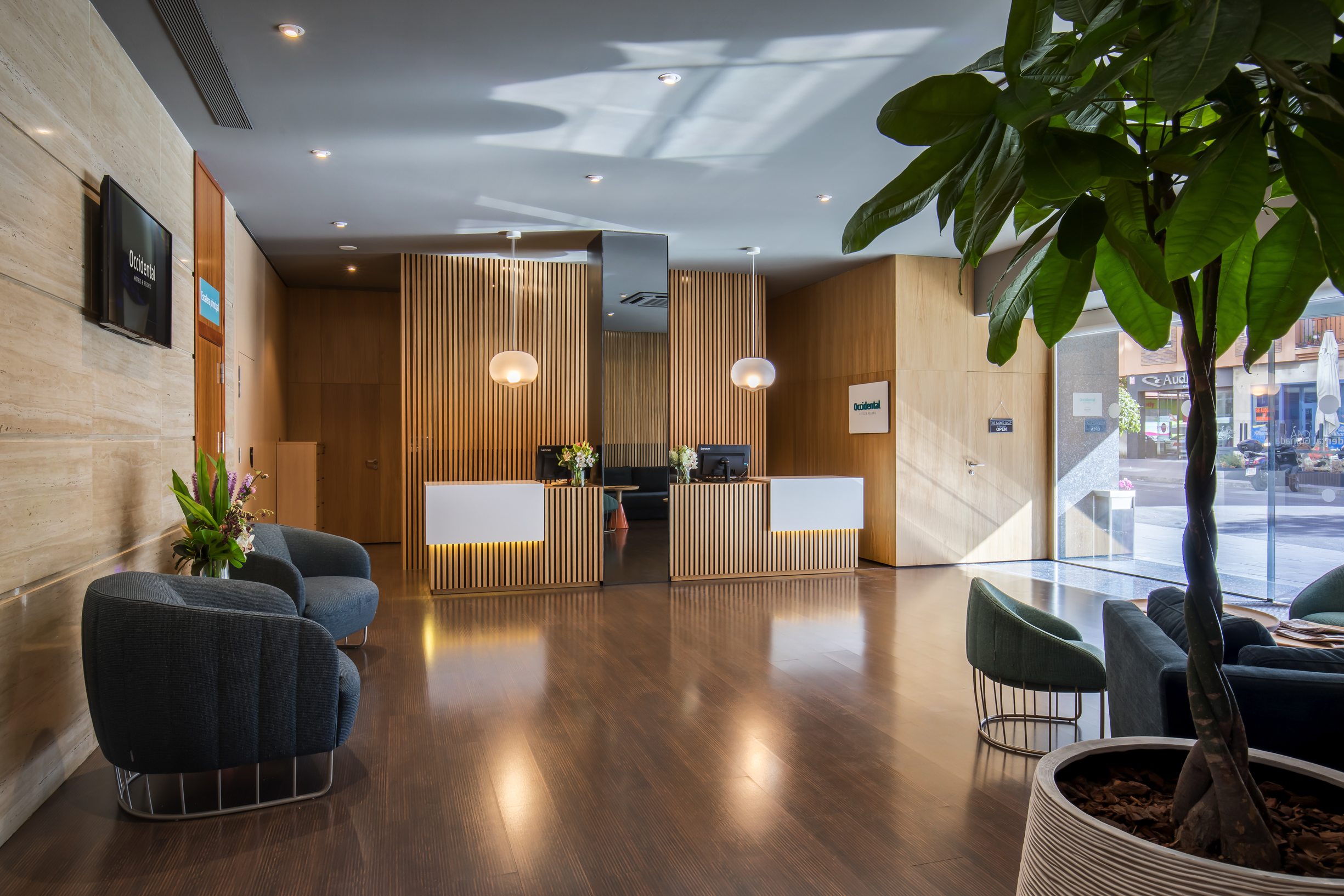Sierra Nevada, which is home to the highest peaks of the Iberian peninsula, invites visitors to dive into a wide array of activities with which to discover its tremendous ecological and cultural value. Only 100 km from the Mediterranean Sea, this Andalusian Finland—as it was named by the local writer Ángel Ganivet more than a century ago—has become popular with tourists thanks to Sierra Nevada Ski Resort. However, Sierra Nevada is much more than just skiing. Alpujarra Granadina, where the Moors left their mark ages ago in the form of irrigation canals, terraced fields, orchards and farmhouses, is a stunningly beautiful destination. Between the steep Poqueira and Monachil valleys and traditional towns such as Lanjarón and Capileira, there are countless alternatives in this region that was officially named Sierra Nevada National Park in 1999.
Related experiences
Night skiing at Sierra Nevada Ski Resort
Sierra Nevada has a very special feature: the snow-covered mountain is only 1.5 hours by car from the Mediterranean Sea. This is why the age-old saying of skiing in the morning and swimming in the sea in the afternoon is truly a reality in Sierra Nevada. These famous words were tweaked slightly in the mid-1990s, however, when Sierra Nevada Ski Resort launched its night skiing alternative. The El Río and Maribel ski runs, with a combined total of almost six kilometres, open their doors every Thursday and Saturday night to the most daring skiers who have purchased a special pass. Orange lights help illuminate the pistes when the moon is not full as skiers dive into an unforgettable experience with magical hues.
However, Sierra Nevada Ski Resort has many other alternatives for people who want more. Located in Pradollano, the lowest part of the resort, Mirlo Blanco amusement park boasts a wide array of activities such as ice skating, sleighs, toboggans and even a roller coaster. The ski resort also has guided snowshoe excursions for people who want to take in the landscape at a more leisurely pace.
[experiencia id=”6176″ formato=”h”]
Arab roots in Alpujarra’s Poqueira Gorge
Tucked into the heart of Alpujarra Granadina, the Poqueira Gorge is filled with lovely contrasts and lush valleys. To date, its Arab roots remain ingrained in the local cuisine, the well-preserved architecture and the irrigation canals. The itinerary through the three white valleys of Pampaneira, Bubión and Capileira via the canyon of the Poqueira River is the perfect way to top off a trip to Sierra Nevada whilst becoming immersed in the lifestyle and history of this magical region.
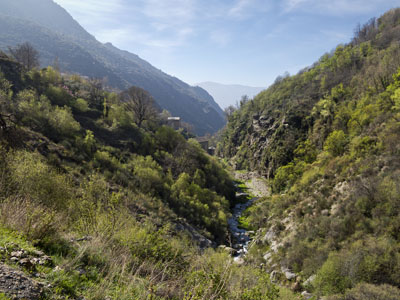
Pampaneira, the most famous of the three towns and also the one at the lowest altitude, serves as the gate to this route that received historic-artistic protection in 1982. The Royal Road offers convenient access to the next town, Bubión, so visitors may see the unique beauty of Alpujarra. The steep, narrow streets lined with whitewashed homes stacked on top of each other make the most of every square inch and serve as a living example of the degree to which humanity and nature have become intertwined throughout history, without disturbing the region’s harmony. Once in Bubión, we recommend visiting several artisanal weaving workshops to see the great care with which the renowned local rugs are made.
From Capileira’s 1,436 metre altitude, on clear days the peaks of Sierra Nevada and the Mediterranean coast can be seen in the same glance and without blinking. As the second highest municipality in Andalusia and the last stop on our route, its bars and taverns welcome us with local dishes that combine traditional elements from Moorish and Spanish cuisine. A hearty serving of migas or alpujarreña soup with ground almonds, washed down with a good coastal wine, is a well-deserved reward for the effort that has been made.
Lanjarón, water and poetry
When visiting Lanjarón, a required stop is the Tablate bridge to see a forgotten ancestor under its arches: the primitive Nasrid stone bridge, the gate to Alpujarra Granadina and an extraordinary relic of the region’s Arab history.
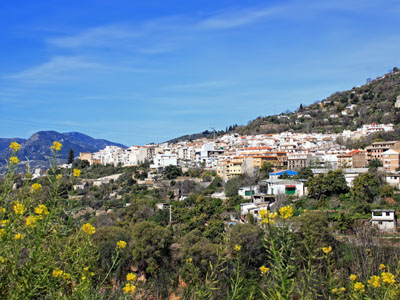
Upon taking the main road, the Cañona Lookout welcomes us with one of the many local legends. Here, an ancient cannon, supposedly built to protect against Napoleon’s troops, stands alone aimed at another required stop in Lanjarón: the ruins of the old Arab castle.
As we descend from Cañona, we come across the Hondillo neighbourhood, the local name for the town’s historic quarter. It’s easy (and pleasant) to get lost in its alleys or tinaos, such as Placeta Colorá, adorned with virgin’s alcoves and various fountains with quotes from the poet Federico García Lorca. When the body starts to tire, there is nothing better than finding a table at a discrete terrace to feast on traditional Alpujarra dishes such as puchero stews and broad beans with ham.
Other places to visit include the legendary Balneario de Lanjarón spa, whose guests include kings and distinguished individuals such as Virginia Wolf, Betrand Rusell, Manuel de Falla and Federico García Lorca; and the Water Museum. These two spots confirm a popular local saying: the soundtrack of Lanjarón is water.
An interesting fact: during the town’s San Juan Festival, once the clock strikes midnight, balconies and rooftops become unexpected fountains as Lanjarón residents pour buckets of water onto the revellers below.
Hanging bridges of Los Cahorros Monachil
A village located only eight kilometres from the provincial capital of Granada, Monachil offers visitors one of the nation’s most renowned routes for hikers and climbers: Los Cahorros. This low-difficulty, circular trail takes approximately three hours to complete and is suitable year-round.
The region’s limestone mountains are easily eroded by water, which over the course of centuries has shaped the banks of Monachil River to create what is today the greatest treasure along the route: a steep, V-shaped valley with a narrow path along the side for hikers. Hanging bridges, tunnels, waterfalls and lookouts comprise this stunning route.




































































